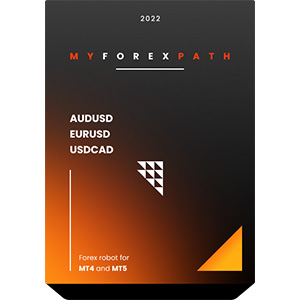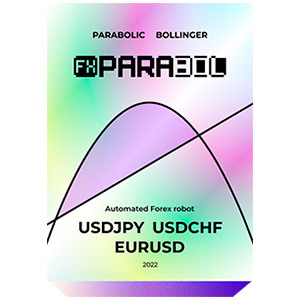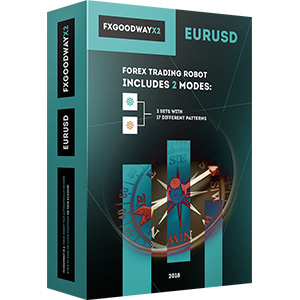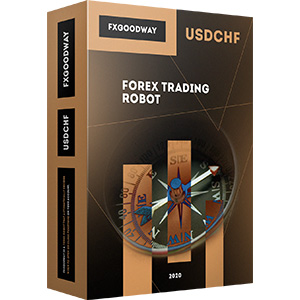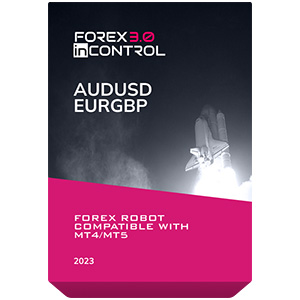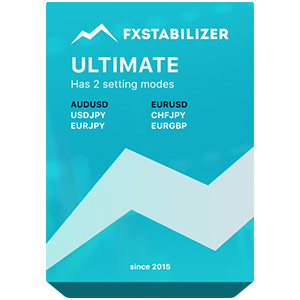
大多數行業通過銷售商品和服務來獲得收入。資產與金錢的交換是經濟的基石。外匯市場的運作有些不同。交易者不斷買賣貨幣,並從市場波動中獲利。這種商業模式需要特殊技能和願意探索新事物。本文專注於外匯交易的基本概念,並回答了外匯中的出價和要價是什麼。
外匯出價 vs. 要價:基本定義
外匯術語相當直觀。出價表示買家準備提供的最高價值。要價是賣家擺脫貨幣的最低水平。令人驚訝的是,許多人將它們混淆。
另一個重要的事情要記住是,買家的價格顯示需求水平,而賣家的提議是供應指標。它們一起形成了一個價差,這是它們之間的差距。了解外匯中的出價-要價差是必要的,以便快速掌握市場情況並做出正確決定。未能這樣做可能導致工作結果不佳。
價差代表出價和要價之間的差異
為了衡量兩個價格的不同,首先,我們需要定義計量單位。對於價差,它們被稱為點。例如,如果我們有一個EUR/USD貨幣對,出價為1.1400,要價為1.1410,則價差等於10個點。實際上,這是進入市場的成本。顯然,寬幅價差會顯著降低您的收益。如果您遵循像剃頭一樣的短期策略,這個因素可能至關重要。因此,監控這個指標是必要的。
影響外匯出價和要價的因素
外匯市場受許多影響價格波動的外部因素的影響。所有這些因素可以分為幾個大類:
- 經濟因素。在這裡,我們可以區分GDP,這是任何經濟體的主要指標。它通常會使國家貨幣更強大,同時也會影響外匯的買賣價格。央行利率對外匯和經濟穩定也至關重要。第三個值得注意的經濟方面是通脹。通常,高通脹率會擴大價差。
- 政治因素。政治生活中的重大事件可能會影響貨幣。與就業、國際貿易和對投資者態度相關的經濟政策也具有很大影響。
- 市場情緒。市場是一個不可預測的實體,可能會影響價格。例如,如果投資者有積極的期望,價差往往會更小。
- 技術。使用自動交易系統和最佳外匯機器人可能會導致快速波動。這可能是因為許多外匯參與者可以同時做出相同的決定。
- 全球事件。戰爭、災害或全球危機都可能對買賣價格產生相當大的影響。
列表的長度是由外匯市場和世界經濟的複雜性所解釋的。交易者需要經常分析情況,或者使用能夠自動執行的專家顧問。了解買賣價差外匯因素可以幫助您以最小的價差和最大的回報進行交易。
閱讀外匯的買賣價
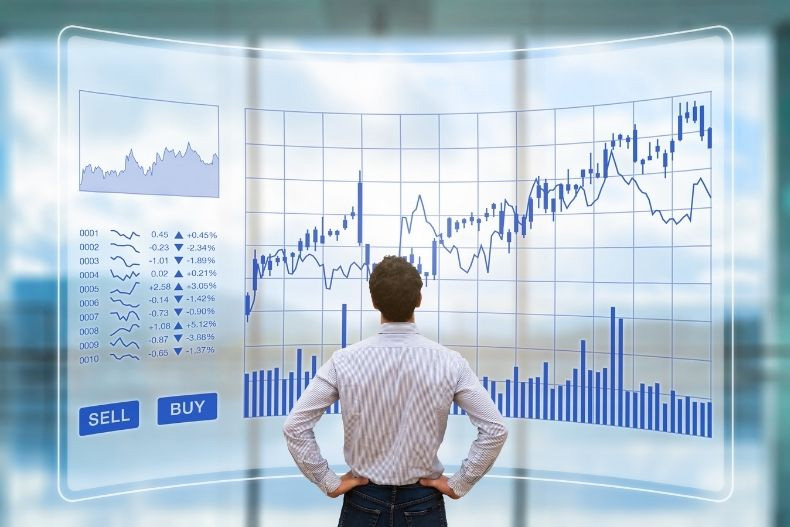
如果您是外匯市場的新手,閱讀買價和賣價可能會讓您感到困惑。但事實上,這非常簡單。讓我們以上述的例子來說明。我們有一個EUR/USD貨幣對,其值為1.1400/1.1410。為什麼會有兩個數字呢?這些是買價和賣價。較低的那個(1.1400)是買價 - 買方願意為1歐元支付多少美元。相應地,第二個價格(1.1410)是賣價 - 賣方希望得到多少。
在這個表示中還能看到什麼?價差為10個點。它始終是一個正數,因為在常規市場上,賣價不能高於買價。有時,您可以看到一個買價賣價圖,顯示這個參數的動態。價格會不斷變化,所以請密切關注它們。
外匯買價/賣價:對交易者的影響
不用說,兩個不同值的存在對交易者的行為有著嚴重的影響。有經驗的交易者會監控價差並根據這個參數調整他們的頭寸。以下是可能受其影響的方面:
- 策略。這是一個應該排在首位的通用術語。根據價差,市場參與者可以調整他們的決策以應對當前情況。
- 時間框架。如果您有短線交易或日內交易策略,應該避免外匯買價賣價的差異過大。
- 風險管理。價差是不可避免的損失,所以如果您不準備冒這部分交易的風險,請尋找價差較小的買價和賣價選項。
- 盈利能力。顯然,價差會影響您的利潤,所以為了更好的結果,請仔細觀察價格。
- 貨幣對的選擇。正如我們之前所說,可靠的貨幣具有較小的價差,因此您可以相應地調整您的策略。
實用提示
總結關於買價和賣價的討論,讓我們看看一些實用提示,這些提示看似顯而易見,但許多人卻忘記使用它們:
- 定期监控点差;
- 利用技术监控实时数据;
- 将买卖价差作为您策略的一个重要组成部分;
- 考虑点差管理您的资金;
- 通过实践不断改进您的外汇计划。
也许,这些建议将帮助您更好地理解外汇中买价和卖价的含义。
结论
为了取得更好的财务结果,了解数十种因素和指标至关重要。其中一些可以通过外汇机器人自动集成,一些则需要您的个人关注。买价/卖价是每位交易者都应该了解并一眼就能识别的概念。它们之间的距离——点差——可以极大地影响策略和最终利润。因此,为了避免巨大损失,有必要始终牢记这个参数。


